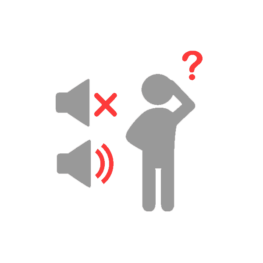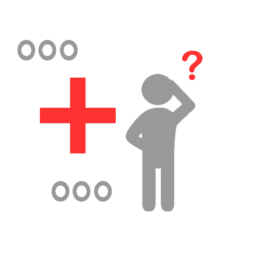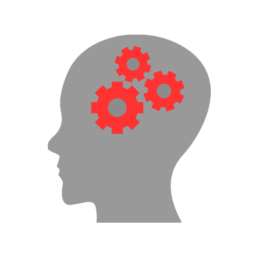
NLP Phonological Ambiguity
In NLP Phonological Ambiguity is best described as words that sound the same but have a different meaning. Utilising Phonological Ambiguities forces the brain to think for a moment. It needs to interpret the contect of the sentence and place the ambiguity of the Phonological Ambiguity in the right contect. As a result the sender of the message made the receiver of it think for a second or so. Take the following example sentence: “I watch you which maybe is a good thing.”. Several things happen in this sentence. Let’s do a little bit of disecting this sentence. I can be Eye. Watch can be looking or relate to a clock. Which can relate to a choice or a Wich.



